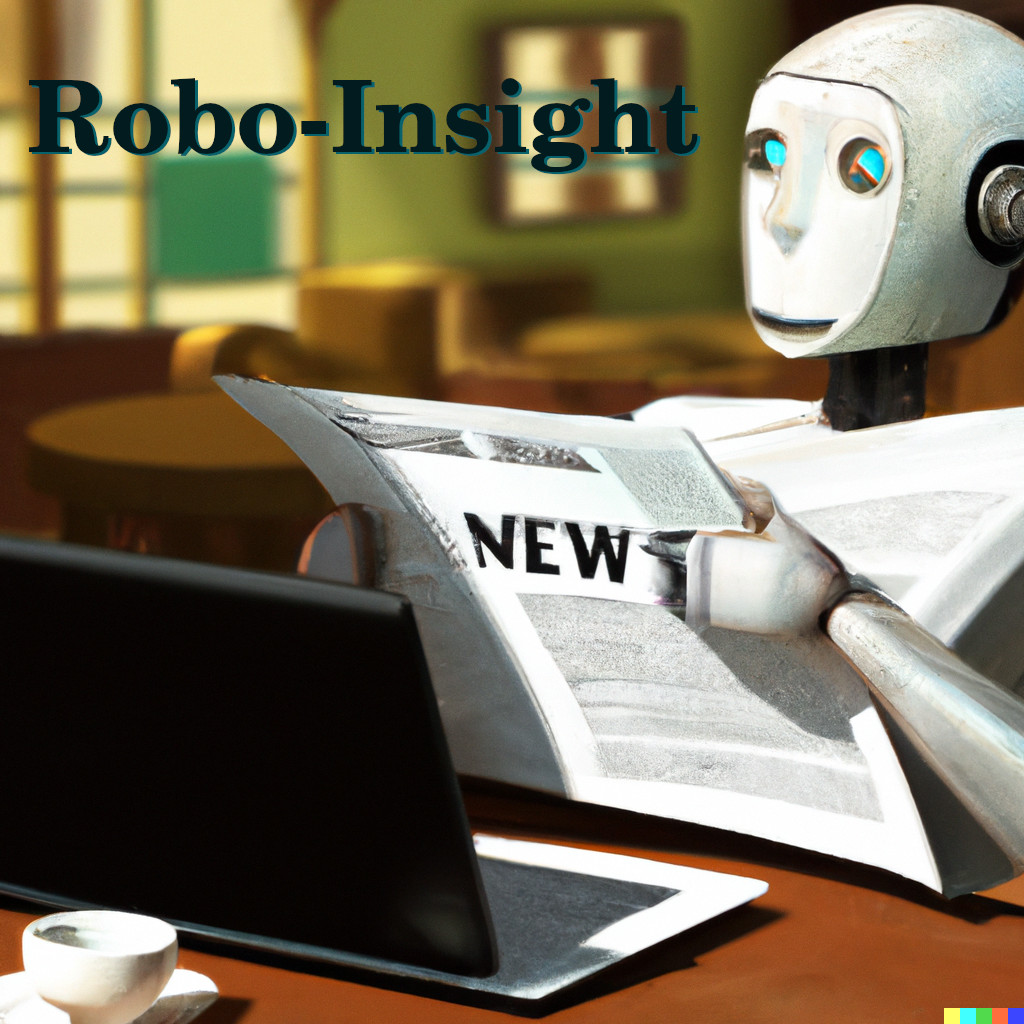
Source: OpenAI’s DALL·E 2 with prompt “a hyperrealistic picture of a robot reading the news on a laptop at a coffee shop”
Welcome to the inaugural edition of Robo-Insight, a biweekly robotics news update! In this post, we are thrilled to present a range of remarkable advancements in the field, highlighting robotics progress in terrain traversability, shape morphing, object avoidance, mechanical memory, physics-based AI techniques, and new home robotics kits. These developments exemplify the continuous evolution and potential of robotics technology.
Four-legged robot traverses tricky terrains thanks to improved 3D vision
Recently, researchers from the University of California San Diego have given four-legged robots forward-facing depth cameras to enable them to clearly analyze the environment around and below them. The researchers utilized a model that obtains 3D information from short 2D frame videos. This data can also be compared with past images to estimate possible 3D transformation. Furthermore, their system is also self-checking, as it fuses information to give it a sort of short-term memory. Although the model does not guide the robot to a specific location, it enables the robot to traverse challenging terrain. The full paper, more videos, and the code (coming soon) can be found here.
Neural Volumetric Memory for Visual Locomotion Control
Mori3: A polygon shape-shifting robot for space travel
Along the lines of performing in difficult settings, Mori3, a robot that can change shape and interact with objects and people, was created by researchers at the Engineering School of EPFL. The modular Mori3 robot can change from 2D triangles into numerous 3D shapes by fusing digital polygon meshing with swarm behavior. The study helps highlight how modular robotics can be used for tasks like space exploration. The robot shows a great deal of versatility thanks to its adaptability and ability to assemble and disassemble. The Mori3 robots will be used by the crew to communicate with spacecraft and perform exterior repairs.
Mori3, the shape-shifter and modular origami robot
A step toward safe and reliable autopilots for flying
And speaking off-ground, a machine-learning method has recently been devised by MIT researchers to address challenging stabilize-avoid issues in autonomous aircraft. The method offers a tenfold increase in stability and outperforms previous techniques in terms of safety. The researchers were able to attain stable trajectories while avoiding obstacles by redefining the issue as a restricted optimization and employing a deep reinforcement learning technique. The method avoided crashing a simulated jet aircraft when it was flown in a tight space. The method may be used to create dynamic robot controllers and maintain stability and safety in mission-critical systems. Improvements to uncertainty accounting and hardware testing will be made in the future.
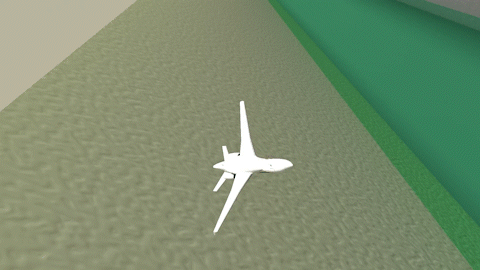
This video shows how the researchers used their technique to effectively fly a simulated jet aircraft in a scenario where it had to stabilize to a target near the ground while maintaining a very low altitude and staying within a narrow flight corridor. Courtesy of the researchers.
Metamaterials with built-in frustration have mechanical memory
A breakthrough in the development of materials with mechanical memory has been reached by researchers from the University of Amsterdam and ENS de Lyon. They created materials that can remember how they were previously bent or stretched and that have a special part or line that won’t change shape when pushed or pulled. This development in metamaterials may be used in mechanical and quantum computers, as well as in robotics and photonics. To create this mechanical memory effect, the researchers used the idea of non-orientable order, which is present in items like Möbius strips.
Metamaterials with built-in frustration have mechanical memory
Hybrid AI-powered computer vision combines physics and Big Data
On the topic of enhancing computer vision technology, researchers from UCLA and the United States Army Research Laboratory have developed a hybrid strategy that integrates physics-based awareness into data-driven algorithms. The article presents multiple approaches to integrate physics and data in AI like physics-based AI datasets, network designs, and network loss functions. The hybrid technique has demonstrated promising outcomes in image enhancement, motion prediction, and object tracking. Deep learning-based AI systems may eventually be able to autonomously master the rules of physics, according to the researchers.
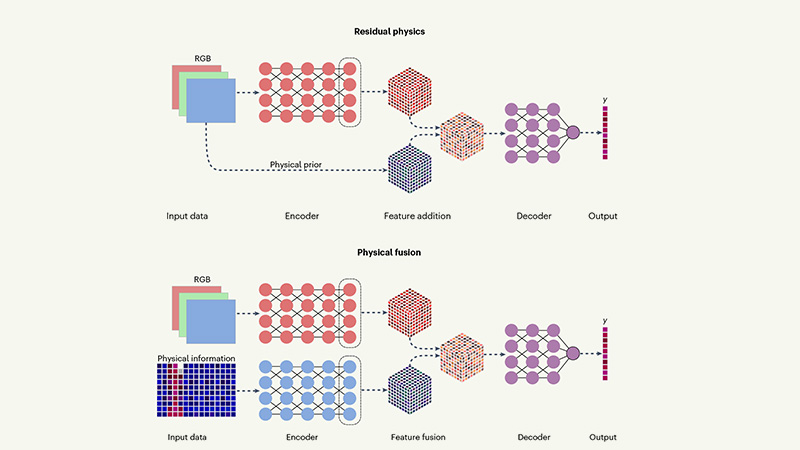
Achuta Kadambi/UCLA
Graphic showing two techniques to incorporate physics into machine learning pipelines — residual physics (top) and physical fusion (bottom). Source.
myCobot 320 AI Kit 2023
On the industry side, the myCobot 320 AI Kit 2023, a ground-breaking robotic arm built for user-programmable development, was just released by Elephant Robotics. It offers flexibility for business, research, and creative endeavors because of its increased working radius, higher payload capacity, and intelligent grasping abilities. The kit features considerable advancements over earlier designs, supports five sophisticated vision recognition algorithms, includes grippers, and comes with user-friendly visualization software.
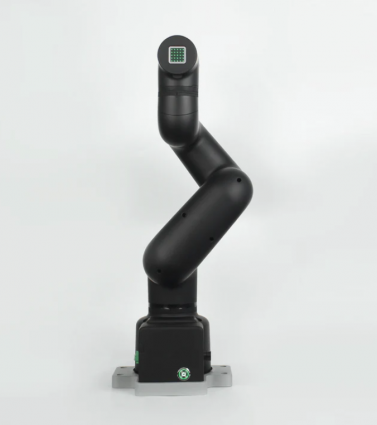
Source: Elephant Robotics
Bowl Bot
Finally, the Bowl Bot is an autonomous, self-cleaning robot recently created by Nala Robotics that can prepare a wide range of individualized food bowls. It offers a wide variety of 28 ingredients for bases, proteins, garnishes, and sauces in a small footprint. The Bowl Bot, which is outfitted with cutting-edge AI and vision technologies, runs at rapid speeds while upholding cleanliness and eliminating cross-contamination with its self-cleaning system.
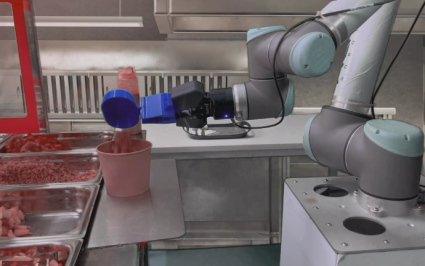
Source: Nala Robotics
These remarkable breakthroughs are merely a glimpse into the vibrant and dynamic world of robotics. The field continues to inspire and push boundaries, propelling us toward a future where robotics technology plays an increasingly pivotal role. Stay tuned for more exciting updates in our next edition!
Sources:
- “Four-Legged Robot Traverses Tricky Terrains Thanks to Improved 3D Vision.” Accessed 1 July 2023.
- Christoph H. Belke, Kevin Holdcroft, Alexander Sigrist, Jamie Paik. Morphological flexibility in robotic systems through physical polygon meshing. Nature Machine Intelligence, 2023; DOI: 10.1038/s42256-023-00676-8
- “A Step toward Safe and Reliable Autopilots for Flying.” MIT News | Massachusetts Institute of Technology, Accessed 12 June 2023
- Amsterdam, Universiteit van. “Metamaterials with Built-in Frustration Have Mechanical Memory.” University of Amsterdam. Accessed 1 July 2023.
- Hybrid AI-Powered Computer Vision Combines Physics and Big Data. Accessed 1 July 2023.
- Empowering Research and Development: Introducing the MyCobot 320 AI Kit 2023 by Elephant Robotics. Accessed 1 July 2023.
- “The Bowls, a Fully Automated Robotic Salad Bowl Maker – Nala Robotics.”. Accessed 1 July 2023.